
Find Your Friction: So iLL’s Guide to Climbing Chalk
Creating Playgrounds
Far from the idyllic granite of Yosemite or the dramatic desert towers in the Southwest, Dan Chancellor’s first time rock climbing involved avoiding broken glass and spent shotgun shells in Southern Missouri. Although the experience was less than picture perfect, the 15 year old Dan and his older brother, Dave fell in love with climbing and the unique community of people that came with it. Climbing became an obsession and life would never be the same again.
As a St. Louis native, Dan was only able to visit the crags closest to him on the weekends. In order to satisfy his need to climb, he started building his own climbing walls. It didn’t take long for Dan and some of his friends to take over their basements, attics, garages, and backyards alike and turn them into their own climbing gyms. Climbing indoors forced Dan to create his own playgrounds, building walls and boulder problems that made him stronger, honed his skills, and above all else, were really fun to climb.
Dan’s passion for climbing and his skills for making his own playgrounds grew through high school and beyond. By the time he got to college, he had learned to pour his own plastic climbing holds on the front porch of his rental house. Restricted only by his imagination, Dan created climbing holds that would never be found outside in order to make his indoor playgrounds as fun and as interesting as possible.
A Global Community
Dan founded So iLL Holds in order to help other indoor climbers and climbing gyms get the most out of the playgrounds they were creating. Over the past 15 years, So iLL has grown from pouring climbing holds on front porches into one of the leading providers of climbing shoes, apparel, crash pads, and chalk in the industry.
Like the climbing community Dan fell in love with as a teenager, So iLL has been made stronger through collaboration with other individuals who are just as passionate and dedicated to creating and protecting climbing playgrounds around the world. One such partnership is with Mitsuo Yamamoto and his company Tokyo Powder.
Mitsuo Yamamoto, like Dan Chancellor, has a passion for indoor climbing, and spends every available second climbing in his small gym. Trying to make the most out of his playground, Mitsuo became obsessed with creating the perfect climbing chalk. When he wasn’t on his climbing wall, he was behind it experimenting with different textures of magnesium carbonate. Mitsuo is quick to point out that chalk is a vital piece of climbing gear, just like your shoes. And just like your climbing shoes, you have to choose the right chalk for the right situation and in accordance with your personal preference.
Mitsuo believes that using the right chalk can make all the difference in taking your climbing to the next level. In order to help you take your climbing to the next level, the team at So iLL and Tokyo Powder have created this guide to help you find the right chalk for you.
Chunky vs Fine
Just like peanut butter, climbing chalk comes in a variety of different textures and consistencies. While choosing between chunky or fine chalk largely comes down to personal preference, it’s important to know the differences between the two types and how they’ll affect your climbing.
As the name implies, chunky chalk comes in larger pieces that are meant to be broken up in your fingers and rubbed across your hand. As the cheaper of the two options, one of the benefits of chunky chalk is that it’s better for bigger moves where you’re engaging your whole hand on holds like slopers or jugs. Generally applied more liberally, chunky chalk is known to stay on your hand longer, meaning you’re losing less chalk to the wall.
On the other side of the spectrum is fine or velvet chalk. Super fine chalk has become very popular among climbers recently. The benefit of fine chalk is that it spreads and covers your hand almost effortlessly. Super fine chalk is better for more delicate hand work or for long pitches.
Dry Skin vs Sweaty Palms
One of chalk’s main purposes in climbing is to keep the moisture off your hands in order to increase the friction between your fingers and the rock. If you’re someone who steps up to your project to find your palms are sweaty (maybe your knees weak, arms are heavy) then you’ll need a different form of chalk than your friend with notoriously dry skin.
If you are that friend with dry skin, So iLL recommends starting your chalk routine with Tokyo Powder’s Boost. Boost is a foundational layer that seals your hand, keeping a dry layer between the chalk and your skin. Boost consists of small pebbles that are meant to be crushed between your hands and rubbed together.
Tokyo Powder’s React, on the other hand (no pun intended), is made for skin with higher moisture. React is a quick drying alcohol based spray that restores friction lost to things like sweat. Like Boost, React is meant to be a first step, like a primer to get your hand ready for more chalk. So iLL has also found that by applying React to climbing shoes, you can get a little more friction from the rubber — with the added bonus of giving them a quick clean.
Low Humidity vs High Humidity
Sweat isn’t the only moisture you’ll encounter on your climbs. Depending on where you’re climbing and the local weather, you’ll have moisture in the air or in the rock that you’ll have to contend with. Humidity can make a huge difference on the amount of friction you’re getting between your hands and your holds.
For dry, sunny, and arid conditions, So iLL recommends using the Tokyo Powder Black chalk. Black is a super fine powder with the highest friction and is the purest blend of magnesium carbonate that Tokyo Powder produces.
When conditions are wet, or if you live in a humid environment, Tokyo Powder’s V3 and V16 are recommended. V3 is a chunky chalk designed for mega-high friction whereas V16 is a finer chalk made with a small amount of purified water.
Climb On
Mitsuo had it right when he said that chalk is another piece of gear, just like your shoes. Using the right kind of chalk in the right situation can go a long way in turning today’s project into tomorrow’s warm up.
When Dan started pouring his own holds in college and Mitsuo was blending chalk behind the walls in his gym, they set out to make the most of the playgrounds they had created. By pursuing their passions and sharing their creations with the world, they’ve empowered thousands of climbers to try harder, go further, and have more fun. Wherever your playground is, So iLL is here to help you make the most of it.


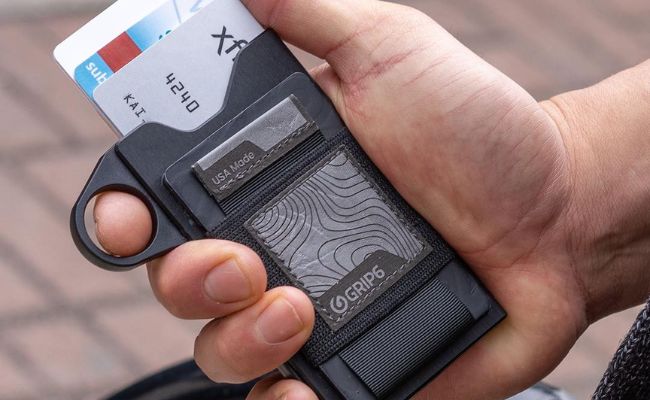

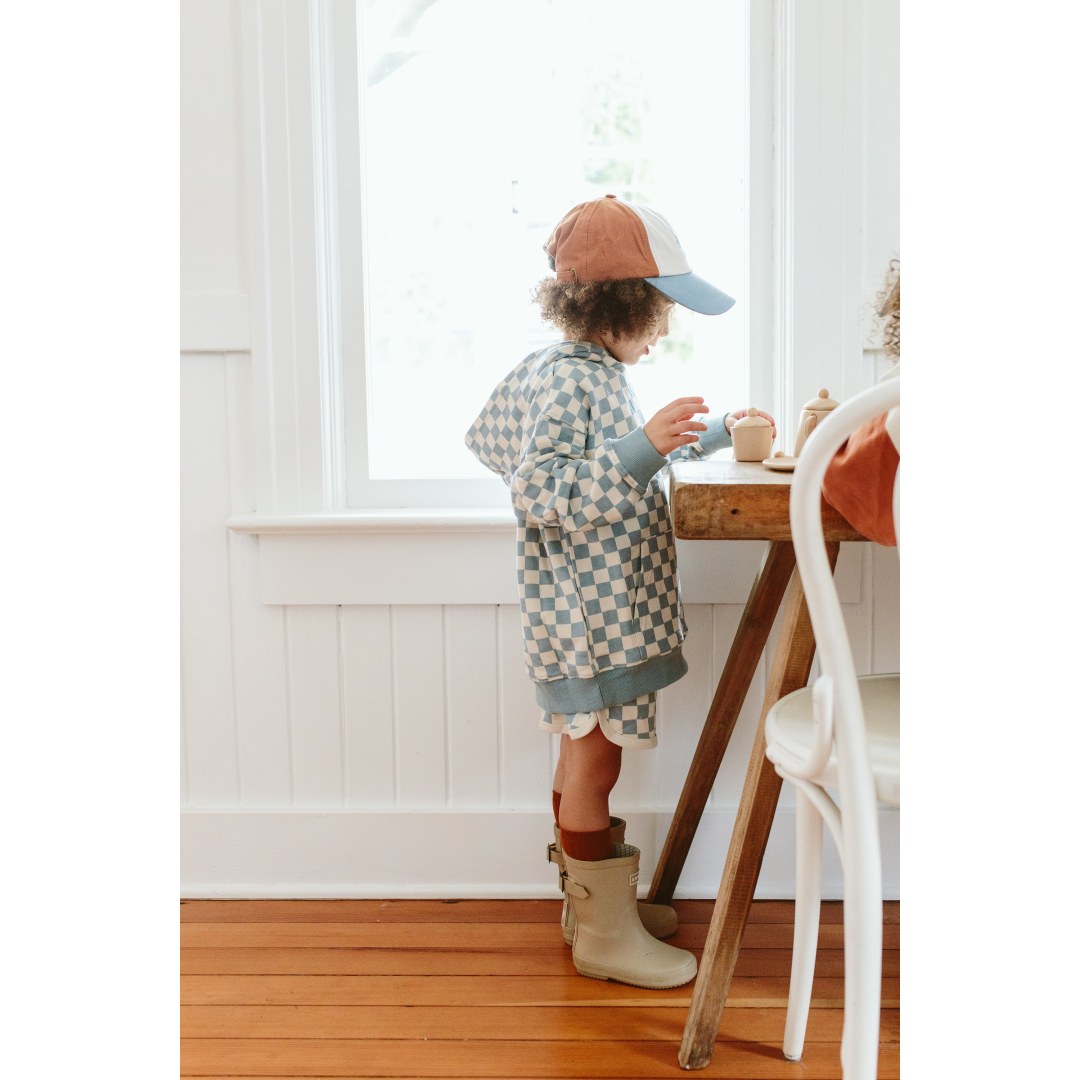
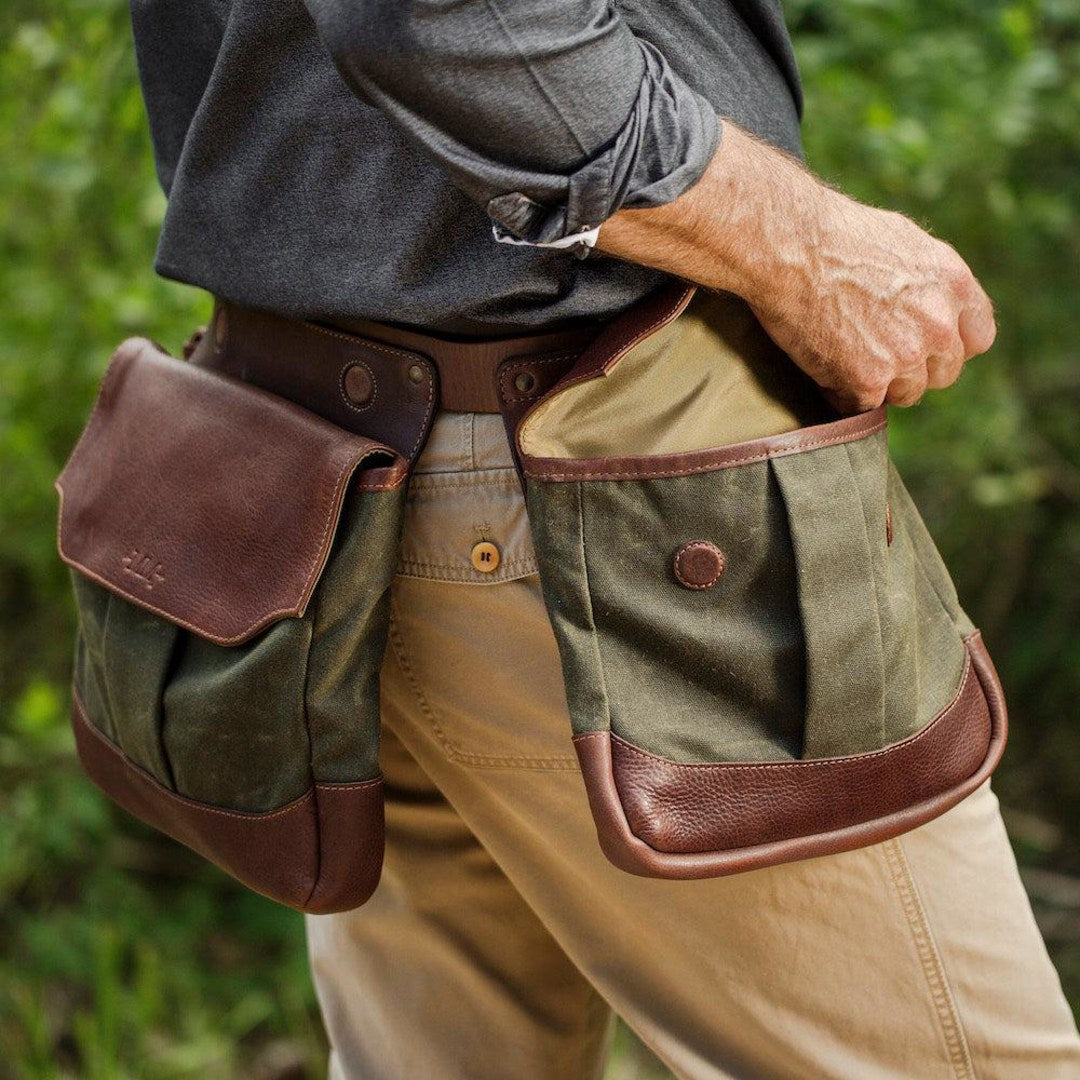
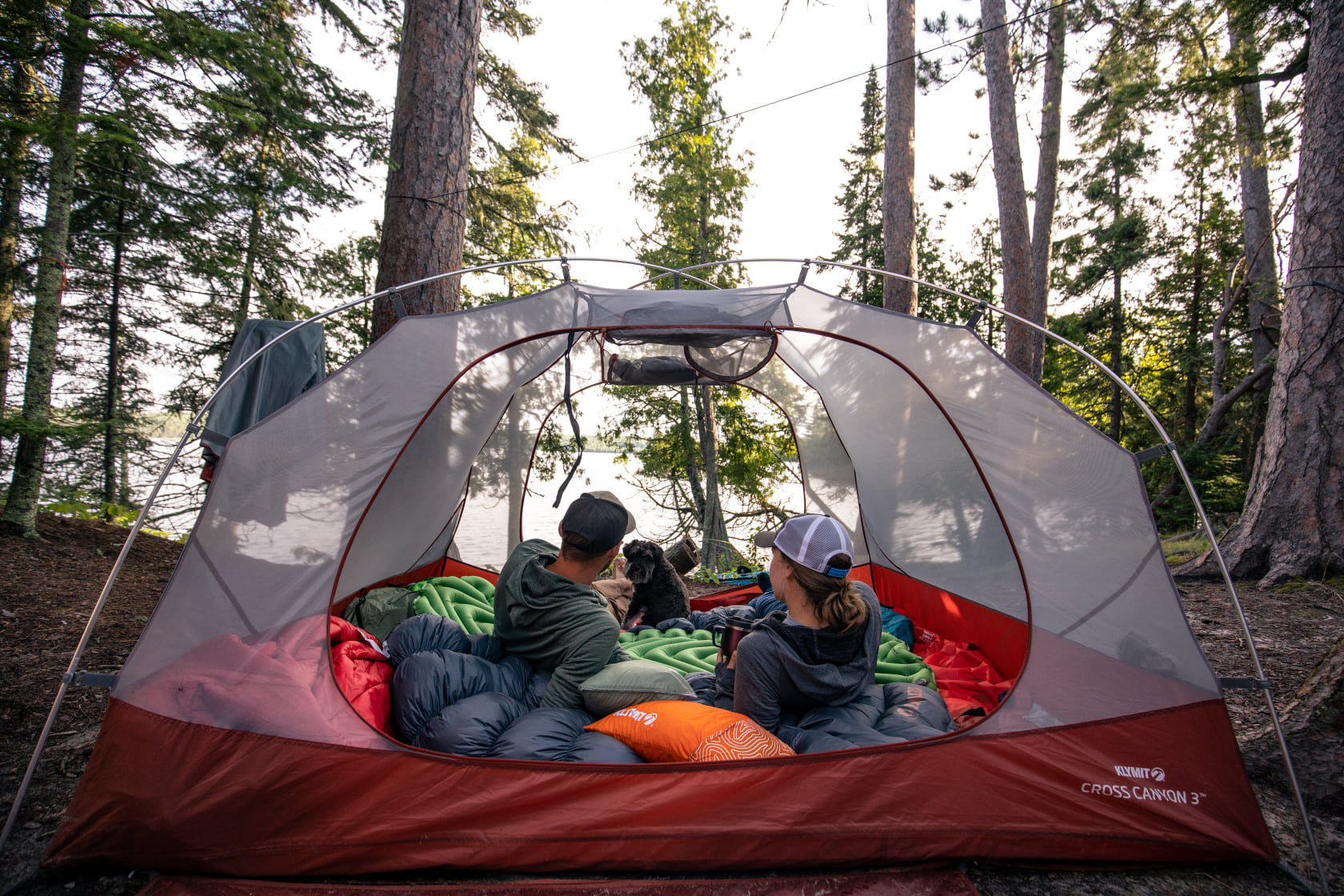

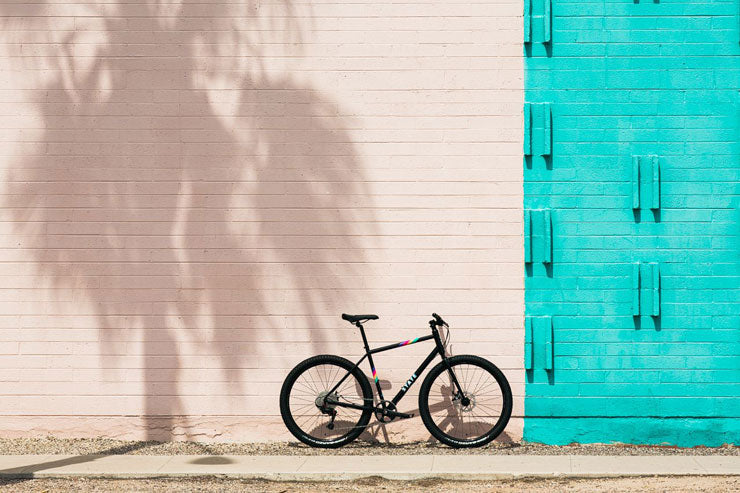
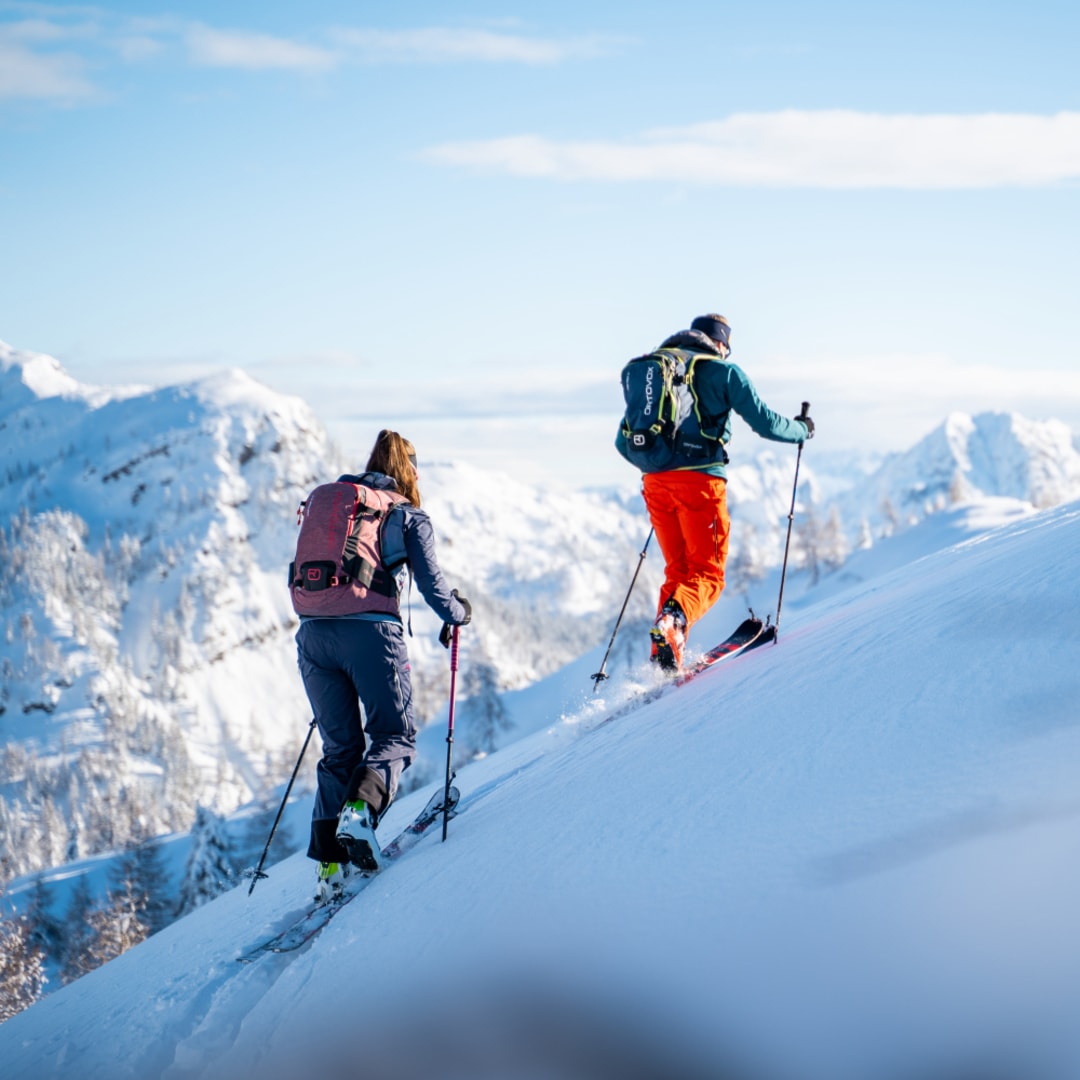

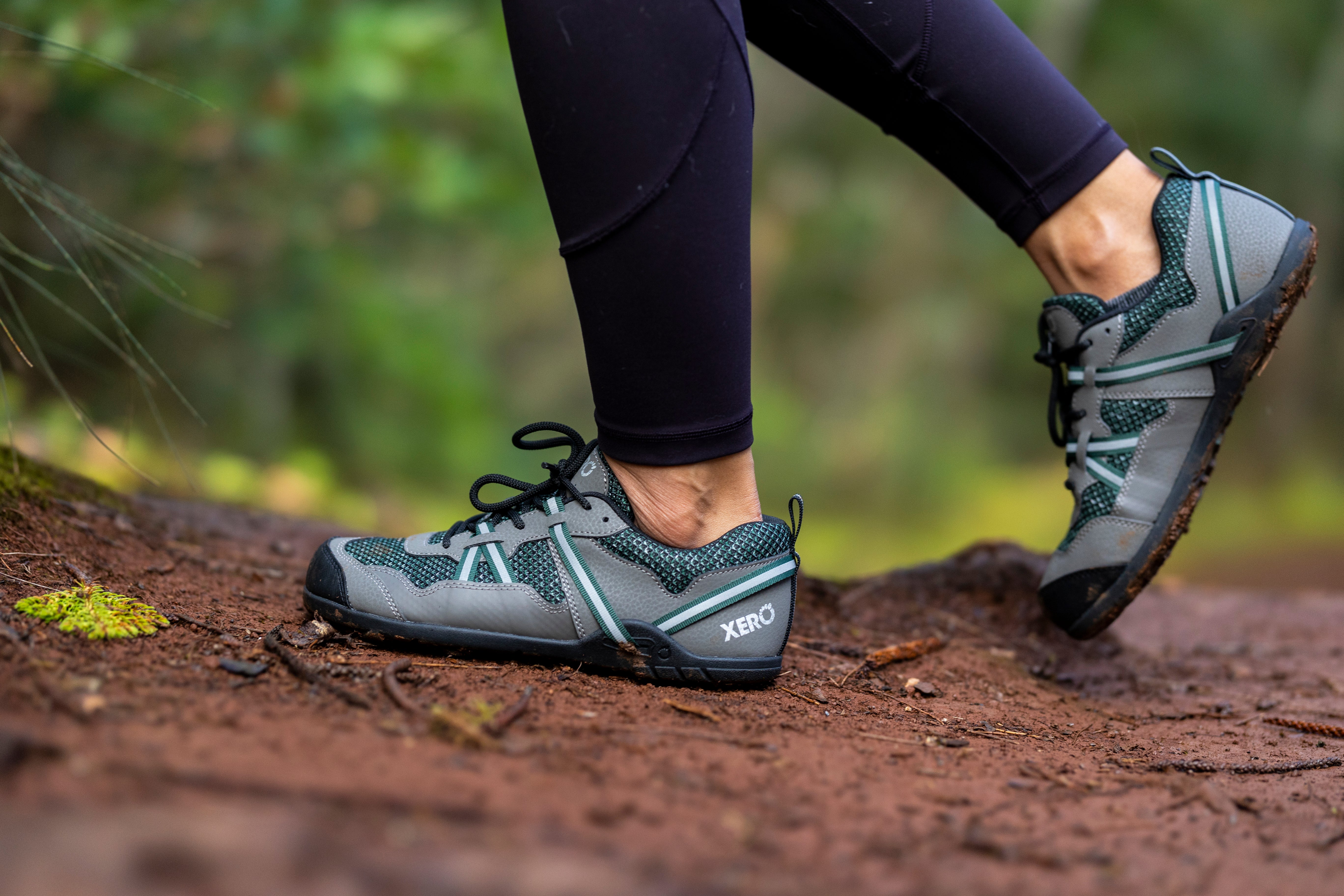
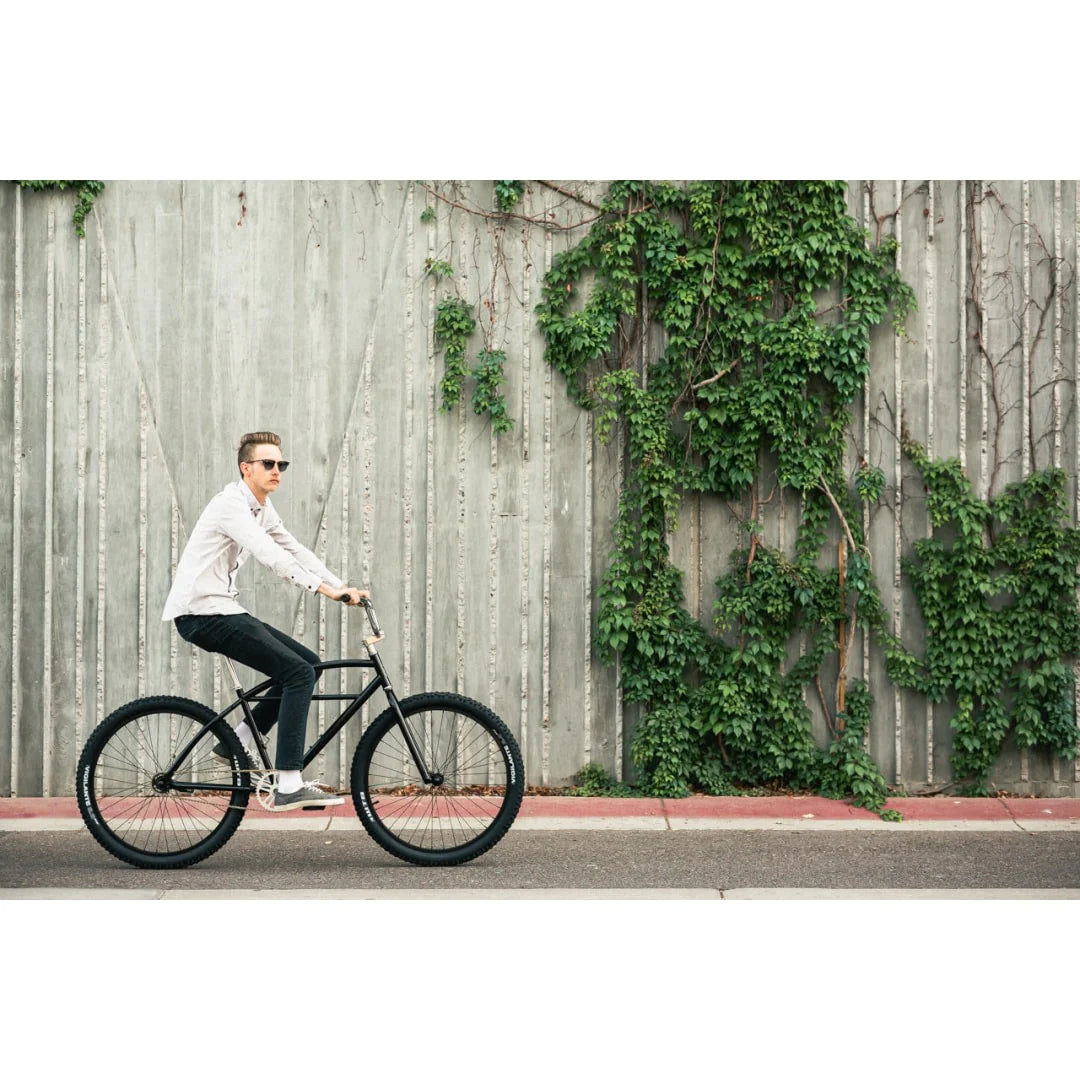
Leave a comment
This site is protected by reCAPTCHA and the Google Privacy Policy and Terms of Service apply.